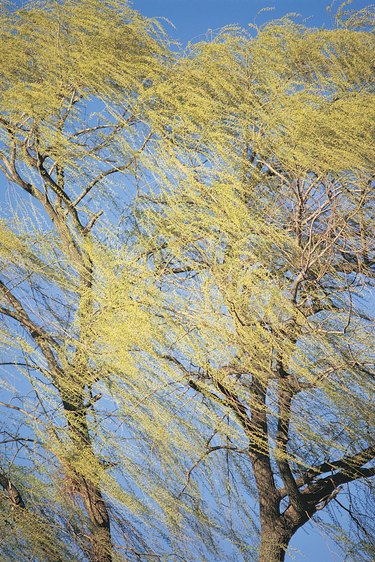
About 100 native willow species inhabit North America, growing in a variety of habitats. Most are associated with riparian woods, swamp thickets and other moist spots. While most manifest as whiplike shrubs, some, such as the black willow of the East and the Pacific willow of the West, can attain the stature of full-fledged trees. In addition, some naturalized non-native kinds, notably the weeping willow, exert widespread ecological influence. These beautiful, spear-leaved trees serve as critical habitats for a host of animals.
Birds
Video of the Day
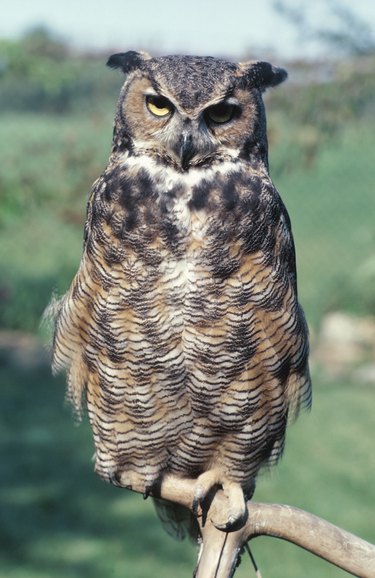
Birds are among the chief temporary residents of willow trees. Any number of songbird species from American robins to kingbirds may build nests in the gnarled crooks of willow branches. Small birds like marsh wrens and hummingbirds may nest amid the slender twigs. In open country of the West, riparian willow thickets serve as nesting sites for black-billed magpies. The largest willow trees provide the most diverse lodging. A big one may host the nest of a red-tailed hawk or great horned owl — the latter will usurp the constructions of the former – as well as serve as nocturnal roost for crows. Woodpeckers and other cavity-nesting birds might excavate or colonize chambers in the trunks of old willow snags.
Video of the Day
Mammals
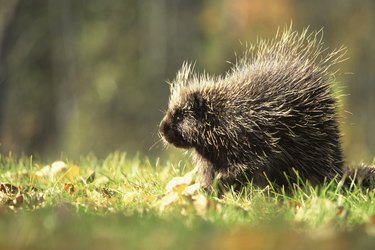
A few mammals might call a willow tree home. Any of North America's native squirrels might build a nest in a suitably high tree. Trunk cavities might shelter flying squirrels. The slow-moving porcupine might select a large willow for a canopy nap site in between snacking on buds and bark. In a bottomland swamp, the rootstock of an old black willow might support the excavated den of an American black bear.
Invertebrates
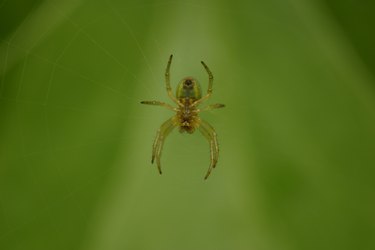
A variety of insects inhabits willow trees and shrubs. Some breed in the foliage or bark. The willow flea weevil deposits its eggs on the bottom of willow leaves or those of other hardwoods like cherry or birch trees. Once hatched, the larvae tunnel through the leaf tissues. A number of gall-fly species, such as the willow conegall midge and the willow beaked-gall midge, abscess twig and leaf growth with larvae inhabiting swollen tissues. Not all insect residents treat willow trees as food sources. Tree-nesting wasps may simply construct their nests from the branches. Various arboreal spiders serve as important invertebrate predators among the tree's microwildernesses.
Reptiles and Amphibians
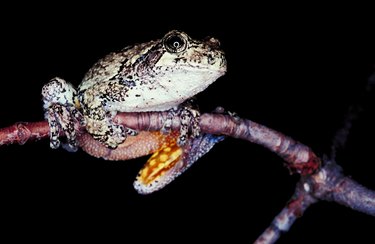
Gray treefrogs spend much time on the twigs and branches of willows, well camouflaged against the bark but proclaiming their presence with breeding croaks. The slender, big-eyed, rough-green snake of the East and South may drape in the branches of a streamside willow. A gravid female might even nest in the debris of a decaying log.